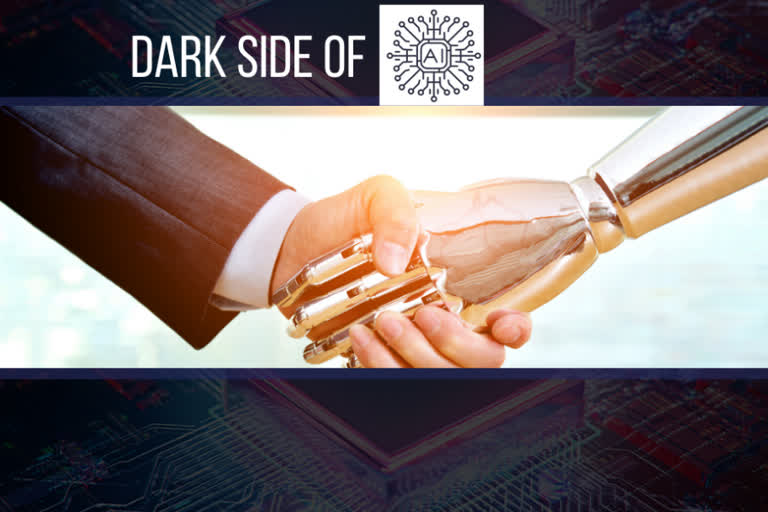Delhi: Artificial Intelligence (AI) has already moved into many facets of our daily lives; in banks, in CCTV cameras on the street, conversational AI, flying drones, chatbots, language translators, facial recognition, and social media.
Col Inderjeet says, " We are all surrounded by a variety of new AI devices. We have become accustomed to sharing our reality with intelligence simulations. By means of smart algorithms, machines today are capable of doing incredible things with facial and speech recognition. With error rates of under-five percent, many systems can perform better than humans.
Also Read: Coronavirus Pandemic replacing Finger Biometrics with Voice and Facial Biometrics
Image recognition is used in various social networking platforms or in self-driving cars and one can perhaps say to an extent that computers are now far superior to humans. E-commerce platforms and online retailers or search engines use Machine Learning (ML) to optimize the user experience (UX) and to create buying recommendations. In short, AI and ML largely accepted – components of our day to day lives.
Artificial intelligence today is known as Artificial Narrow Intelligence (ANI or weak AI), that it is designed to perform a narrow task (e.g. only facial recognition or only internet searches or only driving a car). However, the long-term goal of many researchers is to create Artificial General Intelligence (AGI or strong AI). Most of the AI-led innovations today fall under the bracket of Artificial Narrow Intelligence (ANI).
Face recognition technology Photos app and various online games, are all perfect examples of ANI – a result of brute force statistics, made possible by the quantity of data fed into the models, and trained on a huge, specific dataset to accomplish one task. While narrow AI may outperform humans at whatever its specific task is, like playing games or solving equations, AGI would outperform humans at nearly every cognitive task.
Everyday use of AI falls within the category of Artificial Narrow Intelligence (ANI) which works only in a pre-defined range or on one task. What we see right now in the world is broadly known as Narrow AI, which helps in making better predictions, developing a chat interface to understand customers better, and helps in making data-driven decisions.
Also Read: Dealing with Deepfakes and FakeNews
Col Inderjeet continues to add, "Artificial intelligence (AI) dubbed the "new electricity" – as electricity changed how the world operated. It upended transportation, manufacturing, agriculture, health care. Similarly, AI is poised to have a similar impact spanning from Information technology, web search, and advertising. These are already being powered by Artificial Intelligence. Today algorithms decide whether we’re approved for a bank loan. It helps us order food items and estimate our wait time, and even tells the driver where to deliver it. Other areas ripe for AI impact are Fintech, Logistics, Health Care, Security, and Supply chain."
Artificial Intelligence is transforming the ways we work, learn, and play, however, it has a dark side. Take the case of taxi fares. These taxi fares are set by AI algorithms or, more accurately, machine learning algorithms. For each ride, fare takes into account not only the travel time to the destination and distance but also the demand at the relevant time and area. For instance, if you are traveling from a wealthy neighborhood, your fare is likely to be higher than another person traveling from a poorer part of the city because the computer "knows" you can afford it. Paying a few extra rupees for a ride is one thing, but AI is also being used to make decisions in areas, which have serious impacts on people's lives.
Some ill-fated initiatives revealed the dark side of Artificial Intelligence when certain AI-based devices spooked users by randomly laughing aloud at unrelated commands. In other cases, the devices randomly played music very loudly in an empty house in Germany when the user wasn’t even at home. This prompted neighbors to call the cops to end the “party”. Similarly, Robot Sophia was part of a conversation that fueled the worries of skeptics such as Stephen Hawking. During an interview by its founder, Sophia once expressed its desire to destroy humans while also arguing about robots having more rights than humans.
